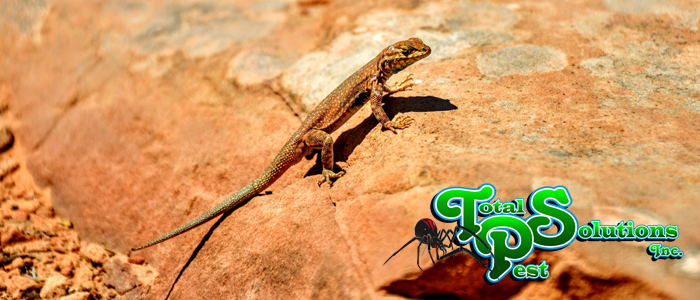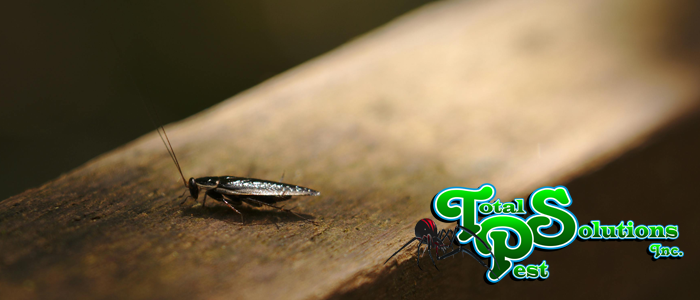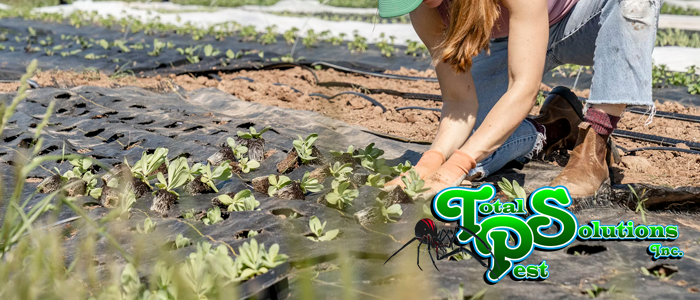Pest Control Tips
What you can do to take the fight to the bugs.
Pest Control Tips
Pest control tips from the professionals

FLEA TREATMENT
What you can do
Even though your pest control professional has everything under control, your help is important to complete the job. There are specific steps you should take before and after a flea treatment.
Before the treatment
- Vacuum all rugs, carpets and furniture- especially between and under cushions.
Then, seal and dispose of the vacuum bag in an outside receptacle.
- Clear & Clean all floors, even closets. Mop all the tile and vinyl floors. Sweep all concrete floors.
- Remove all decorative items, pillows, pet food, water dishes and children’s toys- be sure to check for items under beds and furniture.
- Remove all Pets. Fish Bowls & Aquariums may remain if properly covered and the air pump is shut off during treatment. Ask your pest control professional for specific directions.
- Wash or Dispose of all pet bedding. If laundering, wash pet bedding separately from other linens.
- Mow your lawn and make sure everything on the ground outside has been removed.
- Show your pest control professional where your pets sleep, rest and eat.
After the treatment
Follow the specific instructions of your pest control professional to find out when you can return to your home.
To give the insecticide time to work, wait to resume normal vacuuming 24 hours after your home has been treated.
Continue vacuuming 2-3 weeks at intervals of 3-4 days. The vacuum’s mechanical pressure will improve the effectiveness of the insecticide by stimulating unhatched fleas to emerge from their protective pupae cases.
It is normal to see some adult fleas for up to 3 weeks after treatment. Flea pupae are protected from insecticides by their cocoons. They will continue emerging as adults over a period of 1-3 weeks. Once exposed to the insecticide residual though, they will be eliminated.
Bed Bug Service Preparation
Recommendations
Linen Removal & Laundering Prior to Treatment:
- Remove all bedding (Sheets, pillowcases, mattress pads, blankets, comforters, bed skirts, etc.)Place items directly into a plastic bag. Seal the bag before moving it to the laundry. Preferably, have a technician on-site as breakdown occurs as this can cause bed bugs to move.
- Launder washable bedding and use the highest heat temperature possible to dry.
- Dry clean items, like draperies, comforters and bed skirts, per manufacturer’s label. Items like draperies may be treated by the technician if requested by the customer.
Miscellaneous items removal prior to treatment:
- Thoroughly check each item for bed bugs as items are removed from closets, dressers, nightstands, etc. Place items in plastic bags, then seal bags and leave bags in the room.
- Place in a sealed bag, all paper products, such as cardboard boxes, shoe boxes, personal papers, old newspapers, magazines, and similar items that are in infested rooms. Leave for treatment or discard.
- Move all furniture & items away from the walls. It would be optimal for the technician to be on-site and ready to treat when customer prepares area.
Vacuuming:
A CRITICAL STEP! Thoroughly vacuum all infested rooms, especially areas where baseboards abut carpet/flooring. Vacuum mattresses, box springs, furniture, closets, shelving, etc. Focusing on cracks, crevices, mattress buttons/tufts/seams, etc. Immediately place vacuum bag or canister contents in a sealed bag and dispose of in an outside trash receptacle. Note: We discourage the use of a central vacuum for this work. When using a bag less vacuum cleaner, be aware that insects and/ or eggs can get caught in filters and hoses.
Important Notes:
- Discarding ripped/torn materials or heavily infested items may be necessary after they are treated to avoid cross contamination.
- The service technician will dismantle bed frames and other items as part of the service program.
- If the box spring is not being discarded, then removal by the technician is required for proper inspection and treatment.
- Recommendations of the installation of full mattress/box spring encasements after the units are treated. Encasements should remain on the units for at least one year. Linens can be placed over encasements.
- A clutter free environment is needed in all areas scheduled for treatment.
- Before moving any item, bagged or not, to another room, it should be thoroughly inspected (even the exterior of the sealed bag) to ensure that bed bugs are not transported to another area.
- The customer should not touch or remove any monitoring devices left by the service technician.
- The customer should not attempt to apply any type of “booster” insecticide treatments.
- The timeline for eradication of a bed bug infestation is dependent on the level of infestation, the thoroughness of the treatment program, and the cooperation of the customer.
Bed bugs are not always eliminated by material application alone. Customer cooperation is essential to the success of the program!
Articles from the pest control industry
Latest news and articles from Total Pest Solutions
How to Get Rid of House Lizards Without Killing Them
What They Don’t Tell You About Gardening in Florida Florida
Interested in setting up service?
Request a Quick Call
“Outstanding Work”
“I want everyone to know of the GREAT SERVICE and QUALITY of Total Pest Solutions. I have dealt with Randall since he first started & I am extremely satisfied. This company is the first that ever kept my home bug free and the ultimate company for not only satisfaction but also honesty.”





